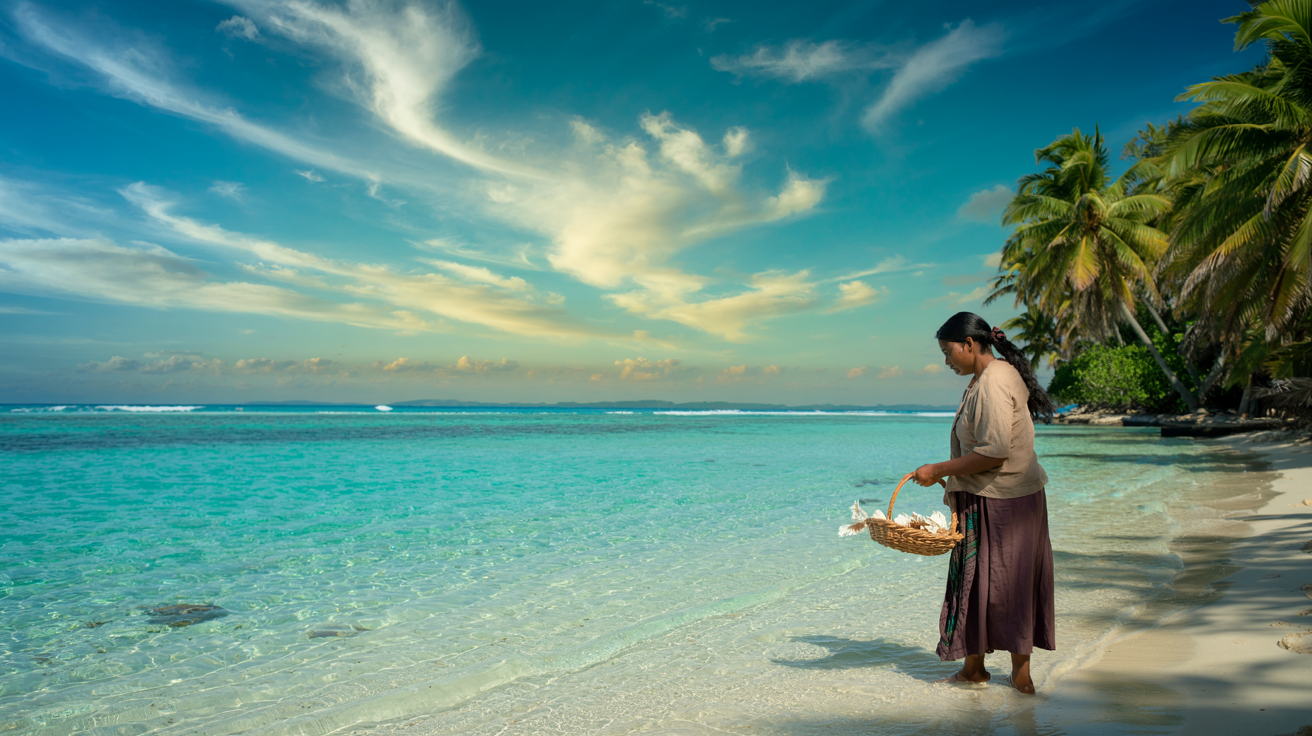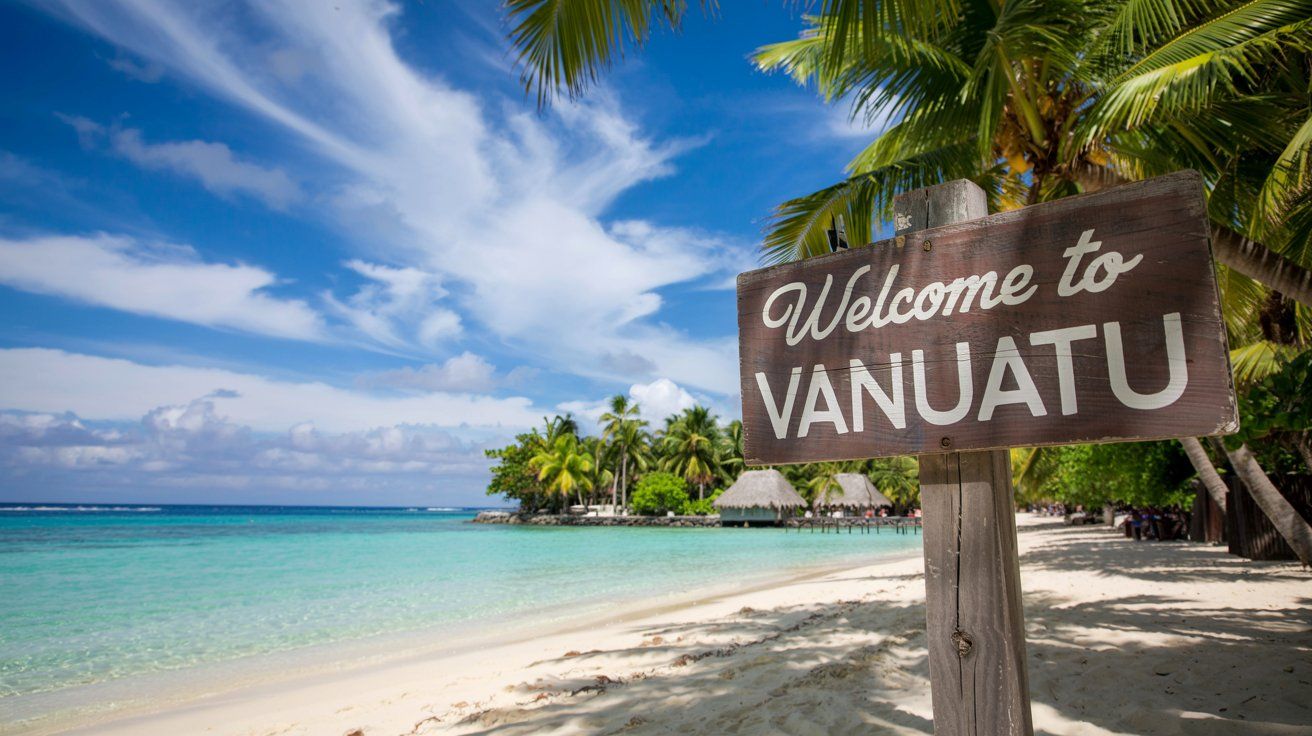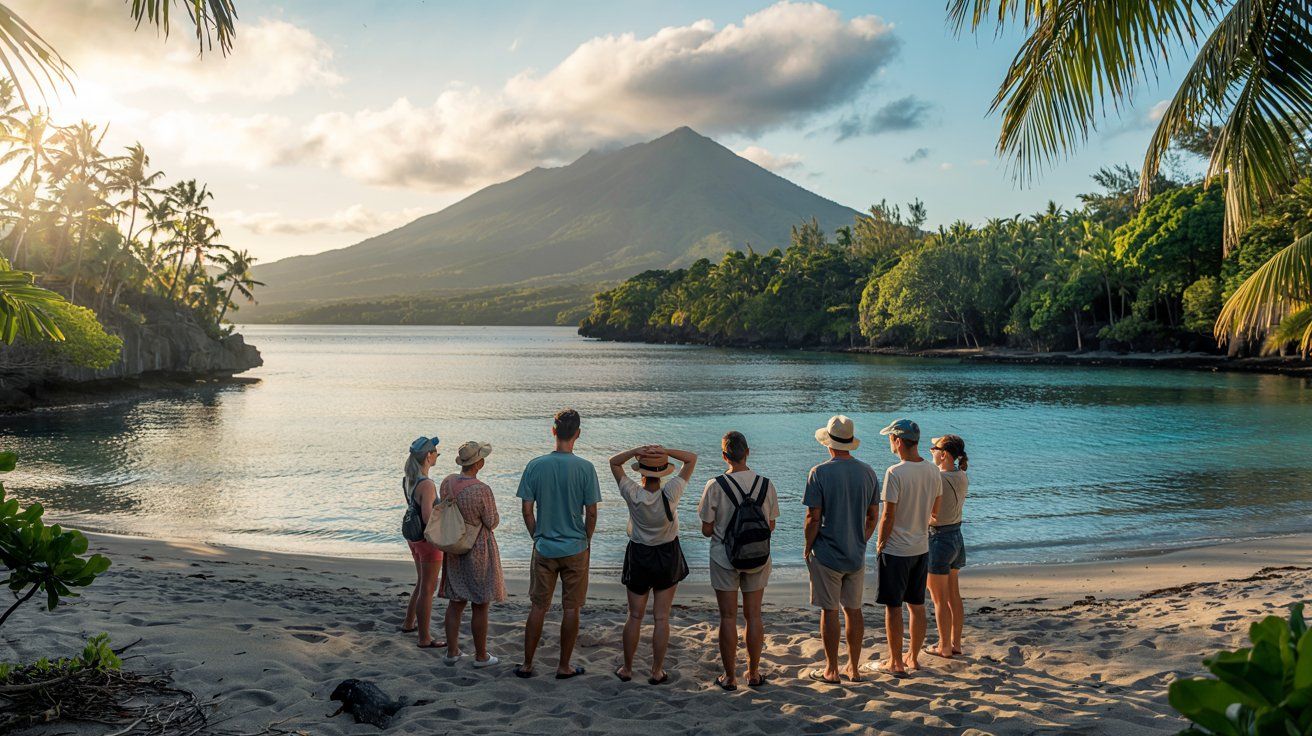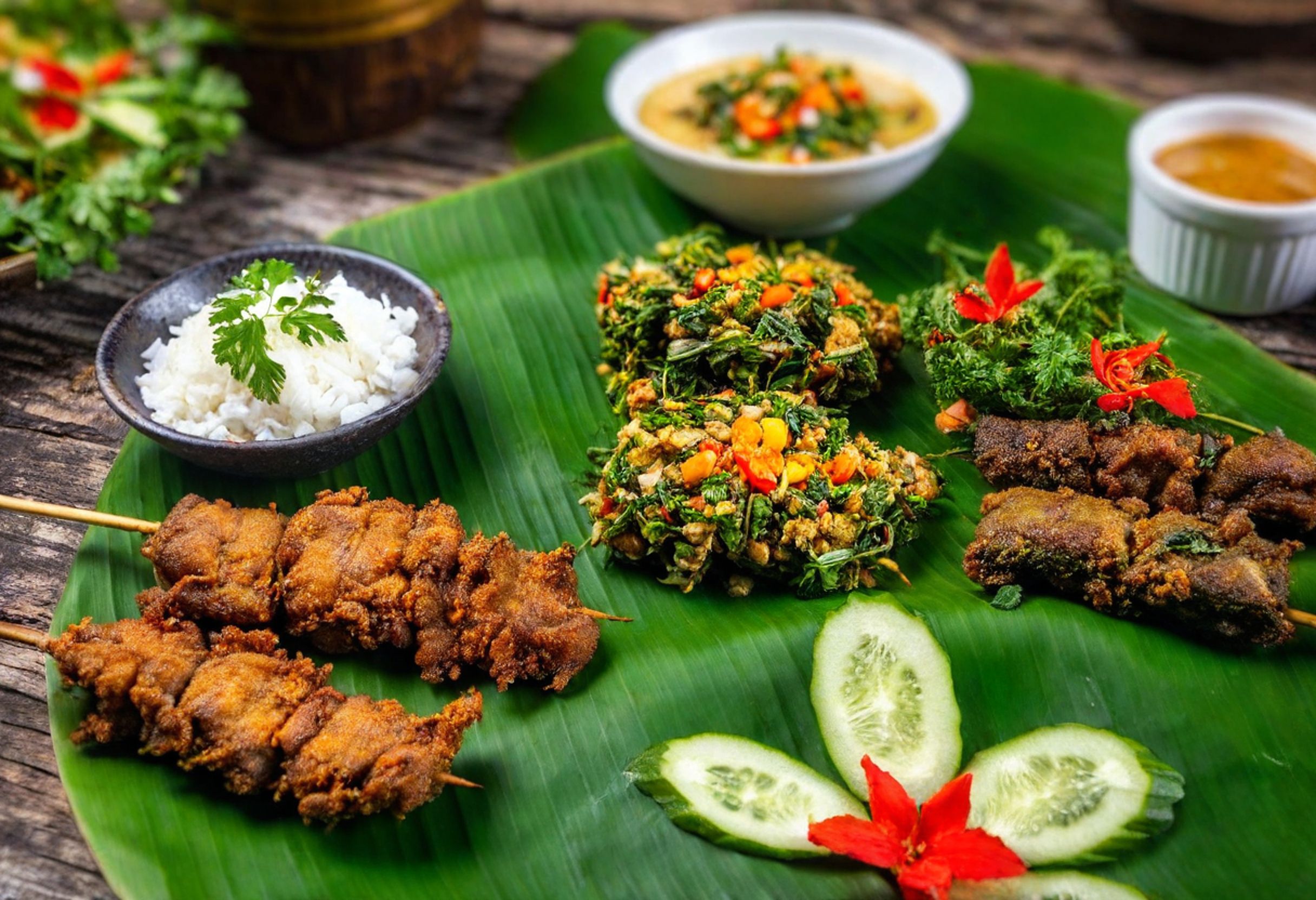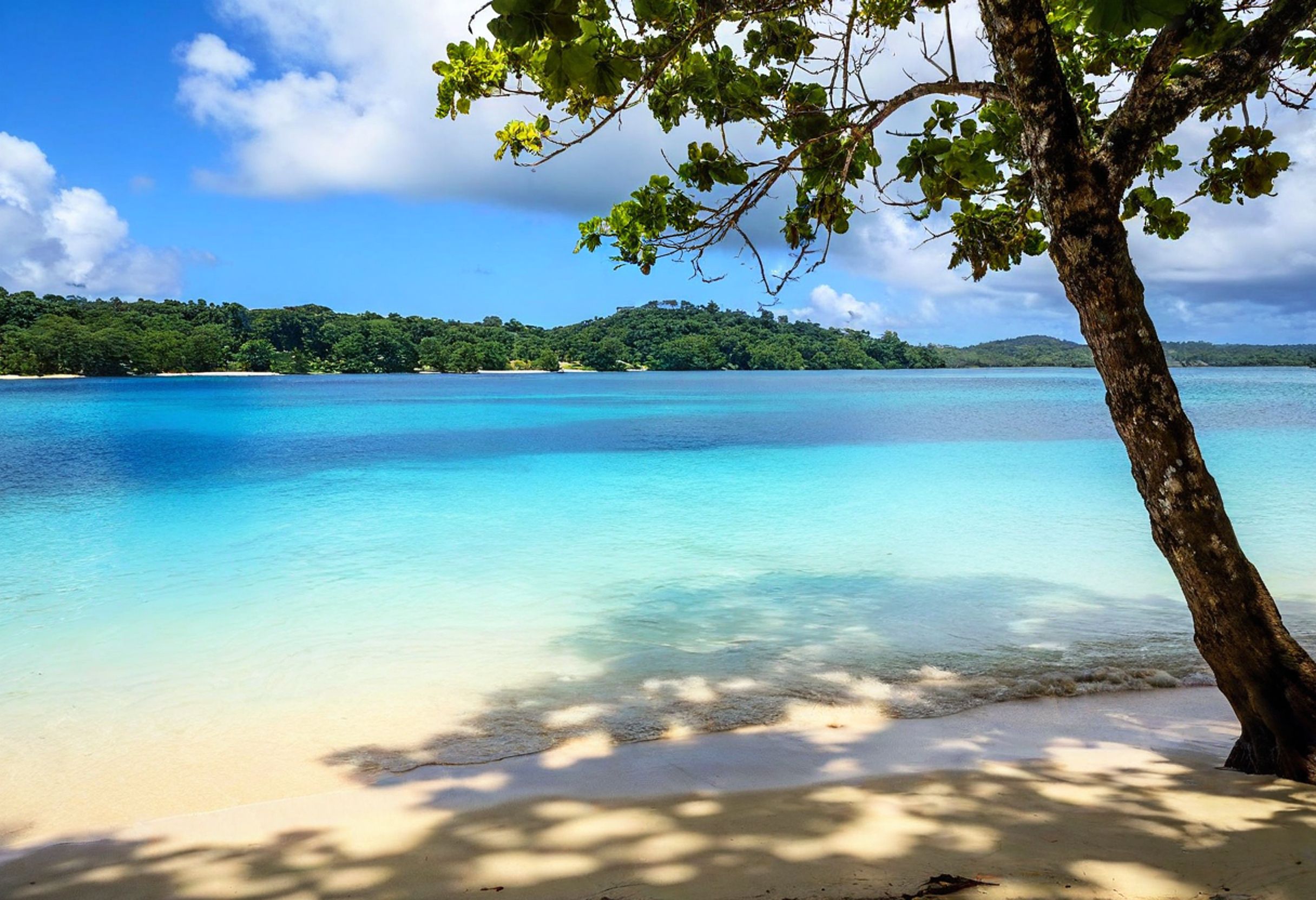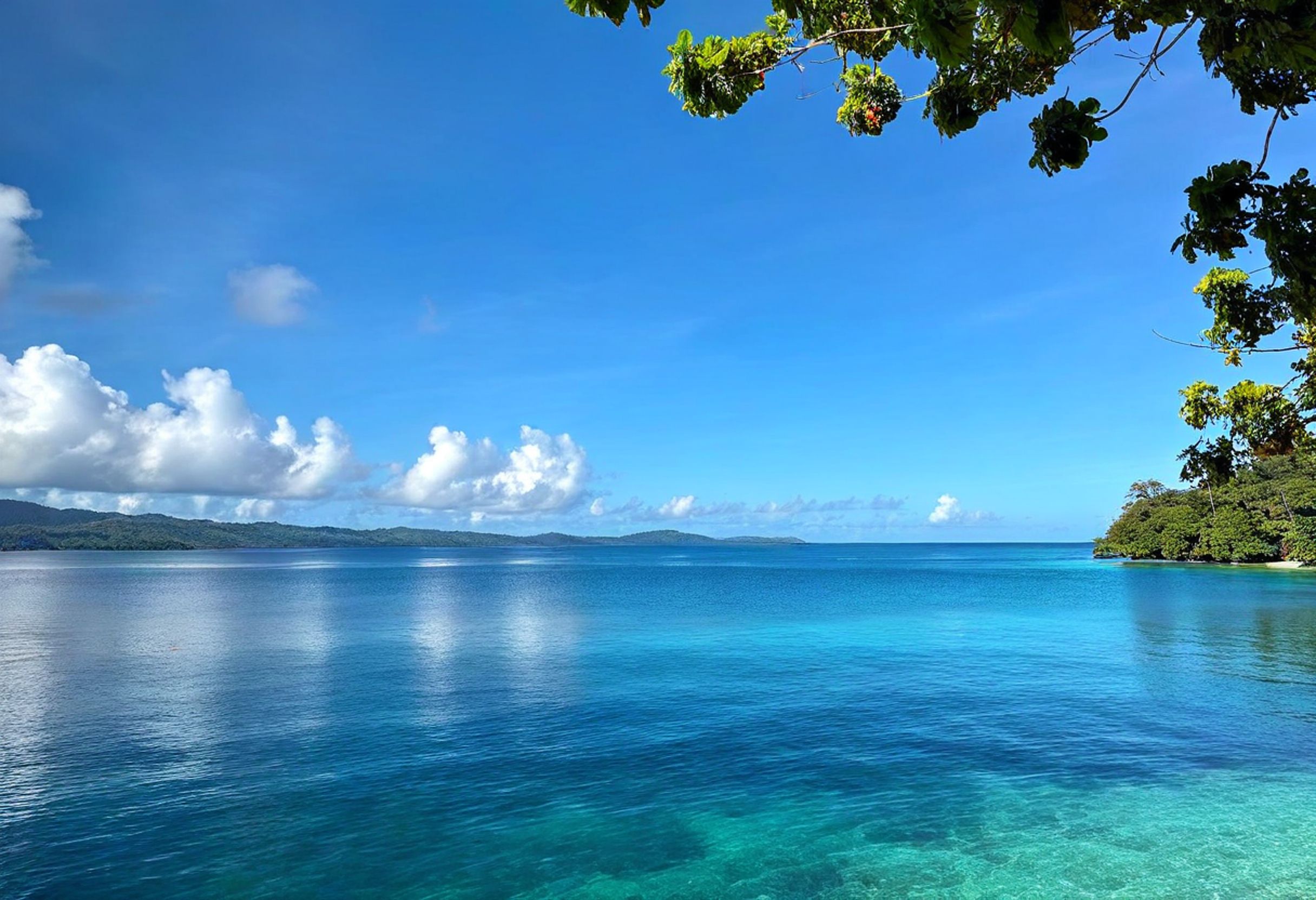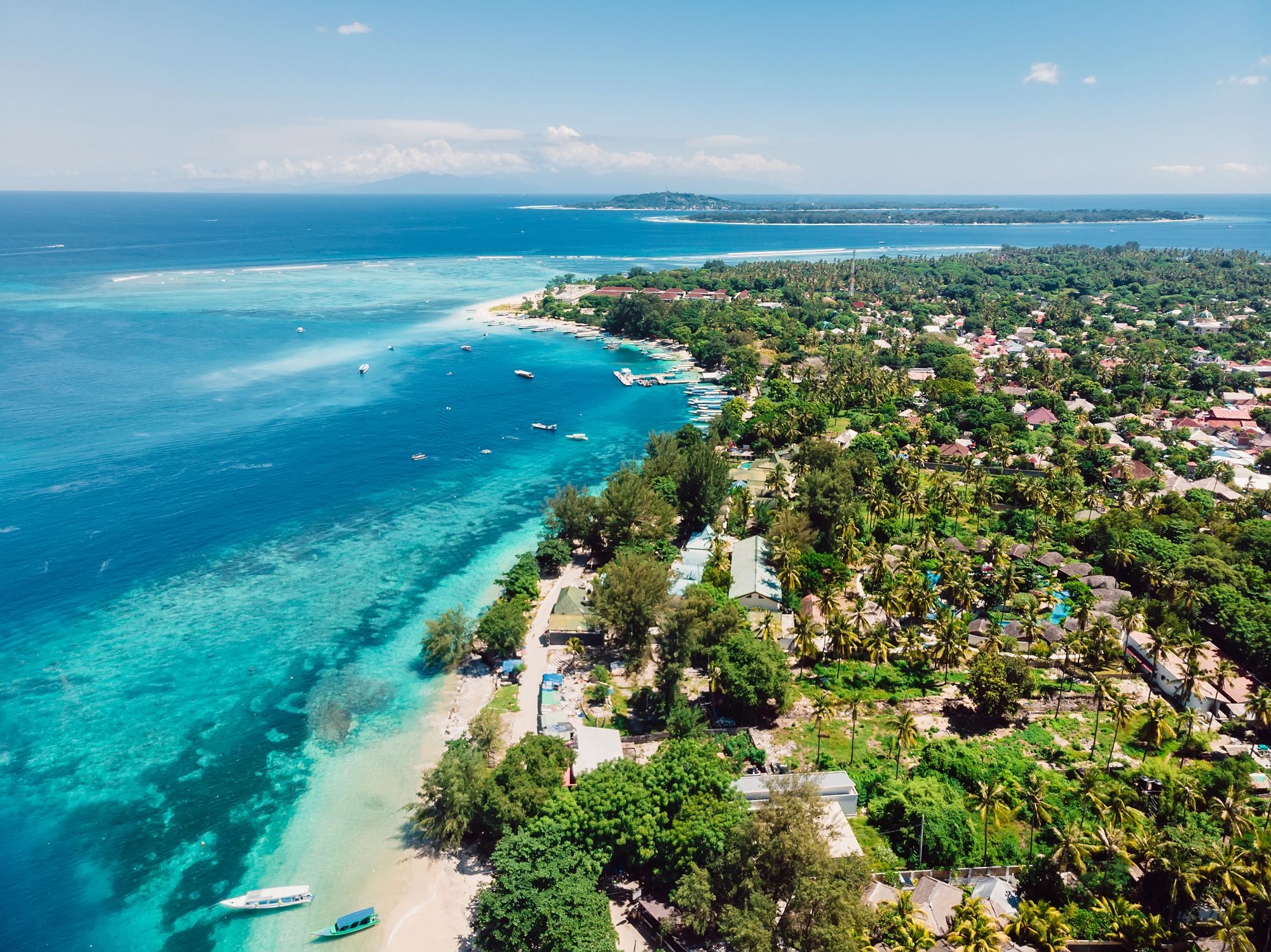The island of Ambae in Vanuatu has faced significant challenges due to volcanic activity in recent years. In 2018, the Vanuatu government announced plans to permanently evacuate the entire population of Ambae as the Manaro volcano continued to spew ash and gas, threatening the safety and livelihoods of thousands of residents. Despite government evacuation orders, many Ambae chiefs and community leaders have expressed a strong desire to remain on their ancestral land, believing they can adapt to the volcanic conditions rather than abandoning their homes permanently.
The situation has created tension between traditional leadership and government authorities. Chiefs from nearby islands like Santo initially agreed to resettle Ambae evacuees, with approximately 11,000 people facing relocation. The Vanuatu Council of Ministers also met with chiefs and landowners to discuss relocating about 2,000 Ambaeans to Maewo Island.
From overwater bungalows to beachfront resorts, find your perfect stay in this island nation of more than 80 islands. Instant booking with best price guarantee!
Browse Accommodations Now
Volcanic activity has continued to affect the region, with warnings issued as recently as December 2021 about volcanic clouds rising from the summit of Ambae Island. This ongoing threat has complicated resettlement efforts and heightened the emotional and cultural stakes for those who consider Ambae their ancestral home.
The Volcanic Crisis on Ambae Island
The Manaro Volcano on Ambae Island in Vanuatu has caused significant disruption to the lives of thousands of residents. The volcanic activity has led to multiple evacuations and continues to pose challenges for those who wish to remain on their ancestral lands.
History of Eruptions on Ambae
Ambae Island, located in Vanuatu’s archipelago within the Pacific Ring of Fire, has experienced volcanic activity throughout its recorded history. The Manaro Volcano (also called Monaro) contains a crater lake that has been the source of numerous eruptions.
In September 2017, the volcano began a significant eruption cycle, releasing large quantities of ash and creating acid rain that damaged crops and contaminated water supplies. This activity prompted the first major evacuation of the island’s population.
By April 2018, the situation had deteriorated further. The Vanuatu government declared a state of emergency and announced plans to permanently evacuate all 13,000 residents from the island.
The volcanic activity continued intermittently, with periods of relative calm followed by renewed eruptions and ash falls.
Impact of Volcanic Activity on Residents
The eruptions have had devastating consequences for Ambae’s communities. Ash falls destroyed crops, contaminated water sources, and caused serious health problems including respiratory issues and eye irritations.
Many families lost their homes and livelihoods. When evacuation orders came, residents faced the trauma of leaving behind their ancestral lands and customs. Around 11,000 people were targeted for resettlement to Santo island after local chiefs agreed to welcome the evacuees.
The evacuation efforts were further complicated by natural disasters. Landslides and flash floods on Ambae hampered relief operations, with approximately 800 people forced into emergency shelters.
Despite these challenges, many Ambae residents have shown remarkable resilience and a strong desire to return to their island when conditions permit.
Disaster Management and Future Planning
The Ambae volcano eruption required comprehensive disaster management strategies and long-term planning for affected communities. Both immediate evacuation efforts and permanent relocation options have been central to addressing the ongoing volcanic threat.
National and International Response Efforts
Vanuatu’s National Disaster Management Office coordinated the evacuation of Ambae Island’s entire population of approximately 11,700 people during the 2017-2018 eruption crisis. The response occurred in three distinct phases: on-island evacuation, mass evacuation, and repatriation.
International organizations including UNICEF provided critical support with water, sanitation, and essential supplies for displaced families. Many residents were temporarily housed in evacuation centers on neighboring islands including Espiritu Santo and Malakula.
The response highlighted both strengths and challenges in Vanuatu’s disaster management systems. Communication difficulties and resource limitations complicated evacuation efforts. Traditional governance structures, including the leadership of local Chiefs (Jifs), played a vital role in organizing communities and maintaining cultural cohesion during displacement.
Strategies for Permanent Relocation
Despite many Chiefs expressing desire to remain on Ambae, the government has developed permanent relocation options for those unable or unwilling to return. Land on Maewo and other nearby islands has been allocated for resettlement.
Climate change considerations factor heavily into relocation planning, as Pacific island nations face increasing natural disaster risks. Officials are working to ensure relocated communities maintain access to essential services including:
- Healthcare facilities
- Educational institutions
- Economic opportunities
- Cultural preservation spaces
Psychological impacts of displacement remain a significant concern. Studies reveal substantial distress among evacuees, particularly those facing permanent relocation. Community-based support systems and traditional knowledge are being integrated into long-term disaster management strategies.
Find available hotels and vacation homes instantly. No fees, best rates guaranteed!
Check Availability Now

